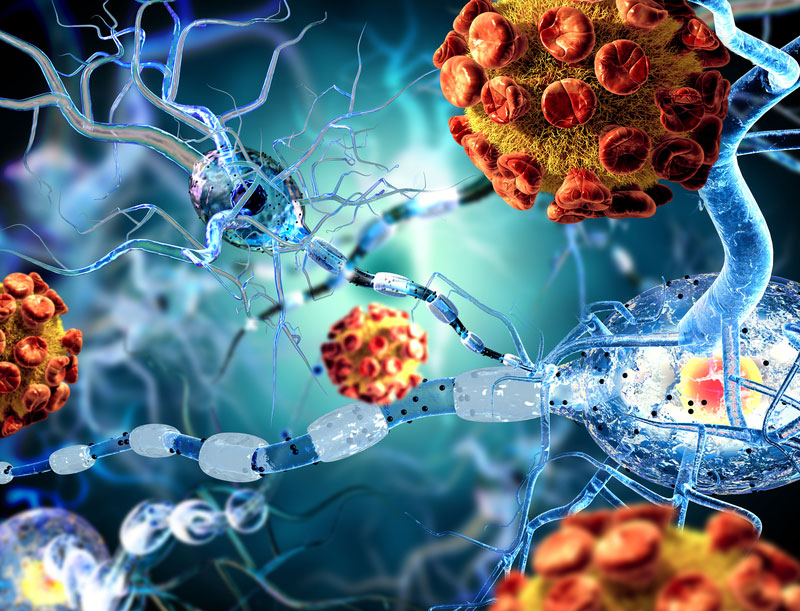The Complete Guide To Cord Blood Banking: Pros, Cons, Costs And Basics
Diseases Which Can Be Treated With Cord Blood

Cord blood is used to treat almost eighty diseases today including blood disorders, cancers, and genetic diseases. The stem cells are infused into a patient's bloodstream in a procedure known as cord blood transplant. They then get to work repairing any damaged cells and tissue within the body. This process is considered successful if the stem cells change the immune system of the patient.
Many of the conditions treated with cord blood are genetic and often require a donor transplant from a sibling. In fact, the chances of success are higher when cord blood from a relative is compared to a non-relative. Cord blood has also been known to be used in medicine clinical trials for cerebral palsy and autism.
Other Uses Of Cord Blood

Scientists around the world continue to explore new ways of using cord blood. For instance, children with autism are being treated with their own cord blood. A study conducted in May 2017 published in Stem Cells Translational Medicine cited that children with ASD showed significant improvement after six months.
Developing therapies for oxygen deprivation at birth, congenital heart failure, hydrocephalus and juvenile diabetes using cord blood is not a new practice. Doctors have noted significant improvement in the performance of the left-right ventricle after administering stem cells for at least twelve months. While there is not a lot of data on the effectiveness of using stem cell therapy to treat some conditions, it is clear that advancements continue to be made each day.
